The Waseda University Legal Aid Project for Disaster Victims
As a representative of the Waseda University Legal Aid Project dedicated to recovery support efforts from the Great East Japan Earthquake, Professor Takao Suami from Waseda Law School has been providing legal support and conducting field surveys in the disaster area along with his students as well as law graduates. He stated the following: “What the Great East Japan Earthquake has shown us is the fragility and idiosyncrasy of Japan’s justice system.” How has the law functioned in the Tohoku region? The following are opinions of the members of the legal aid project.
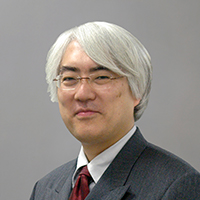
- Takao SUAMI
- 大学院法務研究科教授
- Takao Suami was born in Tokyo in 1954. He graduated from the Faculty of Law, University of Tokyo in 1979, and was admitted to the bar in 1981. After being awarded a master’s degree from Cornell Law School in 1988, he worked as a lawyer in Belgium from 1988 to 1994. He was awarded a master’s degree from KU Leuven (Belgium) in 1993. Subsequently, he worked as an associate professor at Yokohama National University Graduate School. Currently, he is a professor at Waseda Law School.
Contributors: Masanori Okada (professor, Waseda Law School), Toshihiro Suzuki (professor, Waseda Law School), Yukari Wagatsuma (lawyer, graduated in 2013), Marina Suzuki (lawyer, graduated in 2019), Haruka Yamada (graduated from Waseda Law School), Masanori Okabe (3rd year, Waseda Law School), Kana Ogawa (3rd year, Waseda Law School), Mayu Komatsu (3rd year, Waseda Law School), Momoko Watanabe (2nd year, Waseda Law School).
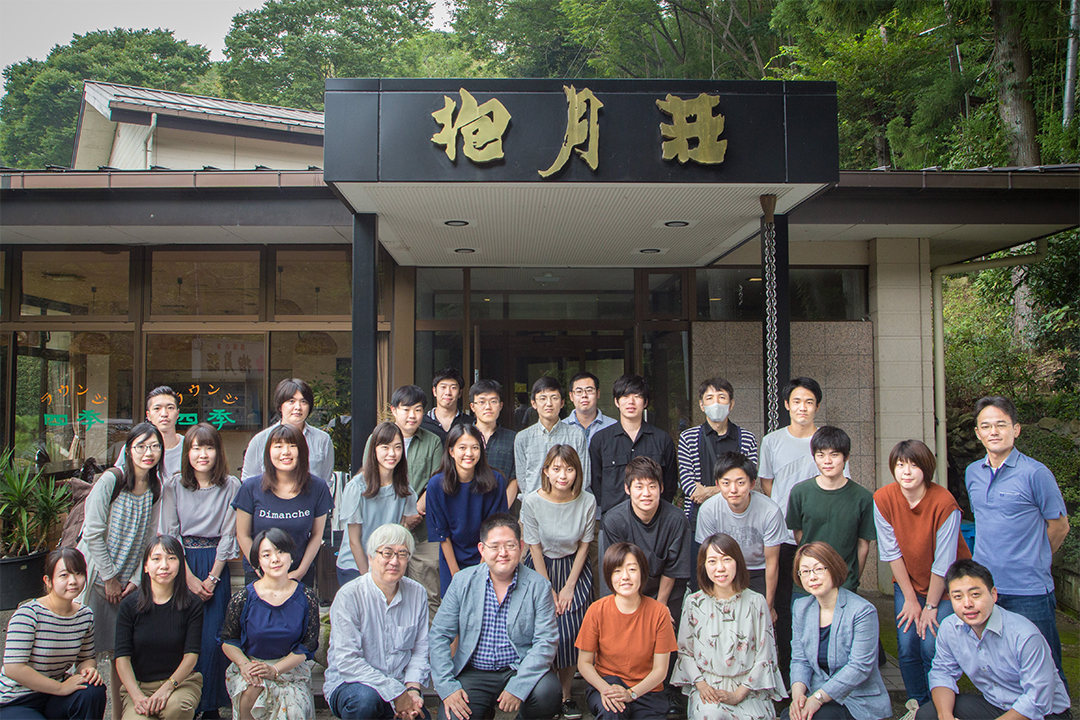
Faculty collaboration to launch the Waseda University Legal Aid Project
Immediately after the Great East Japan Earthquake, the Faculty of Law members at Waseda University formed the Waseda University Legal Aid Project (hereafter referred to as Legal Aid Project) to contribute to the recovery efforts. The aim of this project was to support the recovery efforts from the earthquake and conduct research activities by leveraging the characteristics of the law school. Professor Suami, who is experienced as a lawyer, has been active in the project since its initiation.
“Most residents in the area surrounding the Fukushima Daiichi nuclear power plant were forced to live as evacuees. However, the structure and scope of compensation for damages in nuclear accidents is extremely complex. I thought that the victims would need support from a legal expert, and that is what I have been working on.”
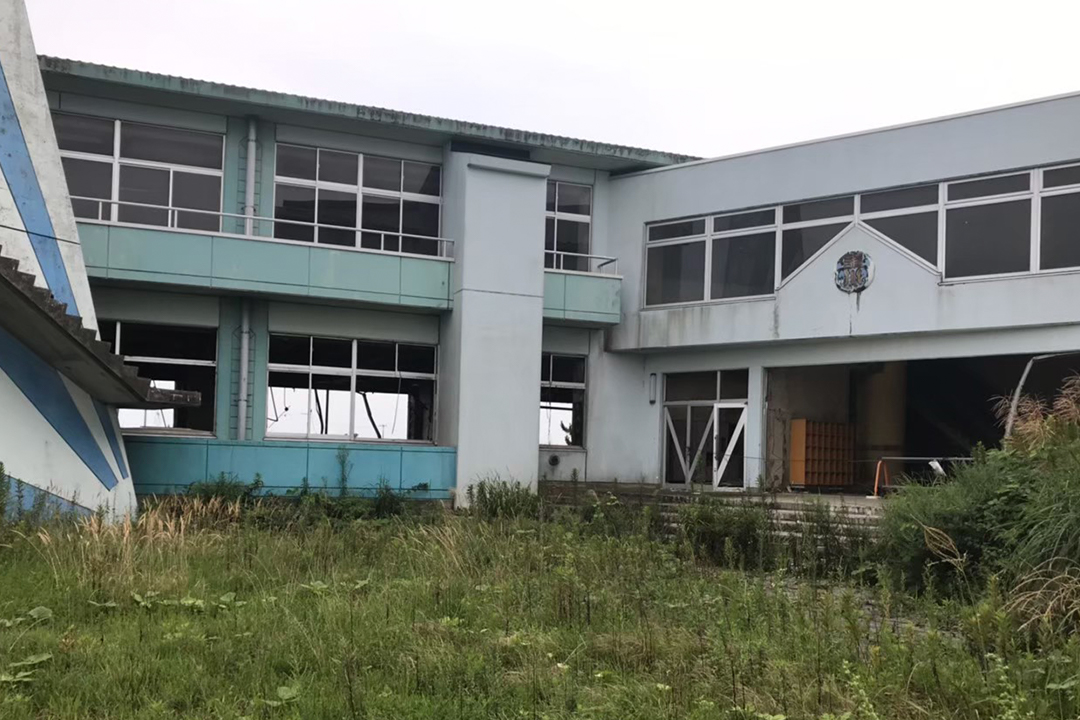
In March 2012, Professor Suami and three students belonging to the Legal Aid Project met Tamotsu Baba, (then) mayor of Namie, a town in Fukushima Prefecture. The area of the town of Namie was designated as a “danger zone” and a “planned evacuation zone,” and everyone living there was evacuated. The town hall was relocated to Nihonmatsu, also in Fukushima Prefecture.
“When we asked him whether we could provide legal aid, Mayor Baba agreed. Since then, we have had regular meetings with the town residents of Namie. The Legal Aid Project discusses problems faced by the town and proposes solutions.”
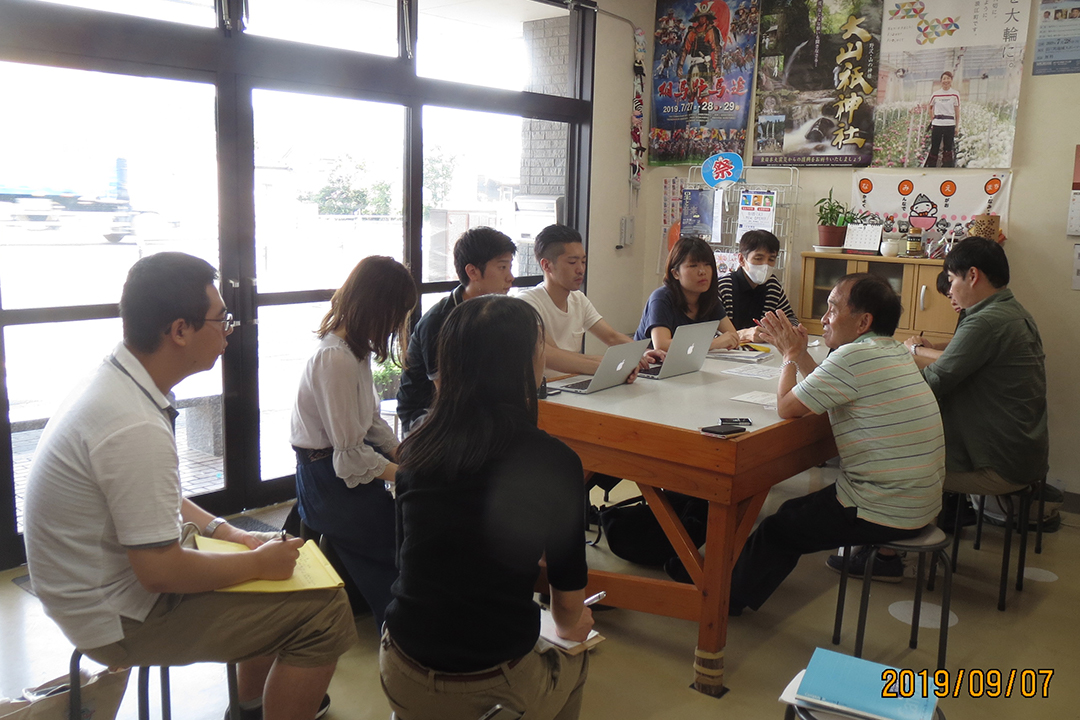
Namie’s class action lawsuit and problems with Japan’s justice system
The focus of the Legal Aid Project has been to facilitate the process of compensation being awarded for the mental anguish suffered by Namie’s residents. In August 2011, the Dispute Reconciliation Committee for Nuclear Damage Compensation, which is the organization responsible for mediating a settlement between the residents of Namie and the Tokyo Electric Power Company (TEPCO), published guidelines that included an approximation of the compensation amount.
“The amount of compensation established at that time for the six months since the nuclear accident was roughly 100,000 yen per month. This amount was not established on the basis of adequate fact-finding surveys. Additionally, the premise was that emotional distress is high in the first six months after the accident and decreases thereafter. Moreover, the compensation standards for traffic accidents were used as a reference, and consequently, the residents were not won over at all.”
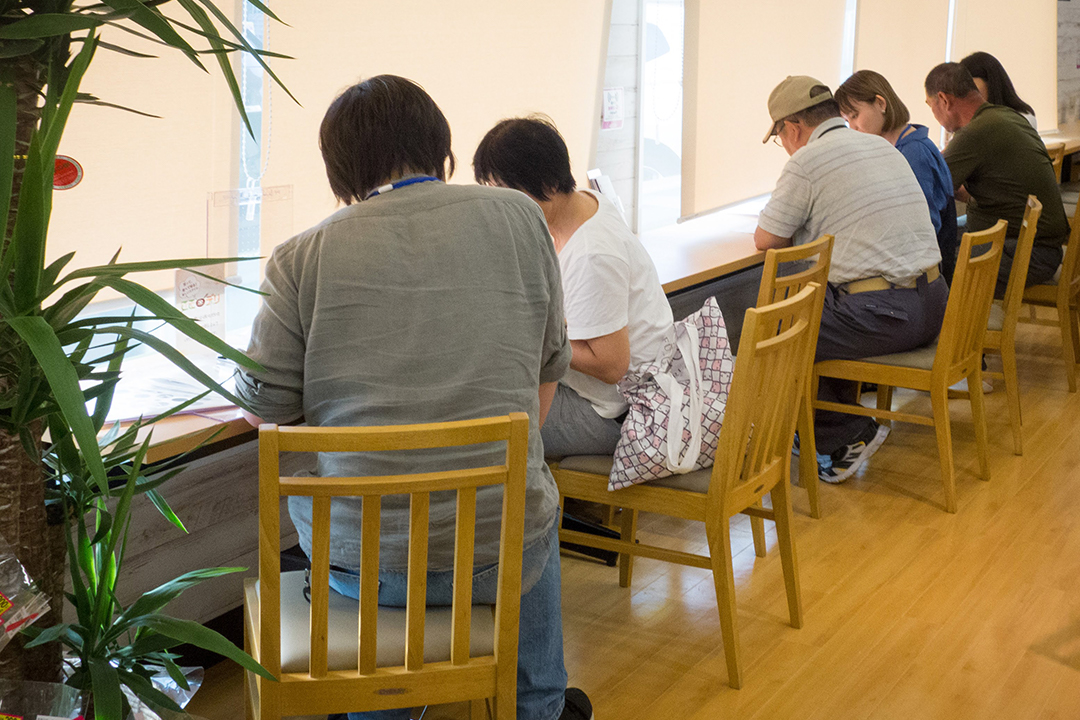
Increasingly dissatisfied that their suffering was not properly understood, the residents of Namie sought a higher compensation amount. However, it was difficult for these individuals to take concrete action. Therefore, the Legal Aid Project proposed a support measure to the town council It was determined that the town would act as the representative for a class-action style complaint before the Dispute Settlement Center. No local government had tried this measure before.
“The need for a collective complaint was growing, so the town council made the decision right away. The target was the Nuclear Damage Compensation Dispute Resolution Center, a subordinate organization of the Dispute Reconciliation Committee for Nuclear Damage Compensation that is responsible for the practical work of mediation.”
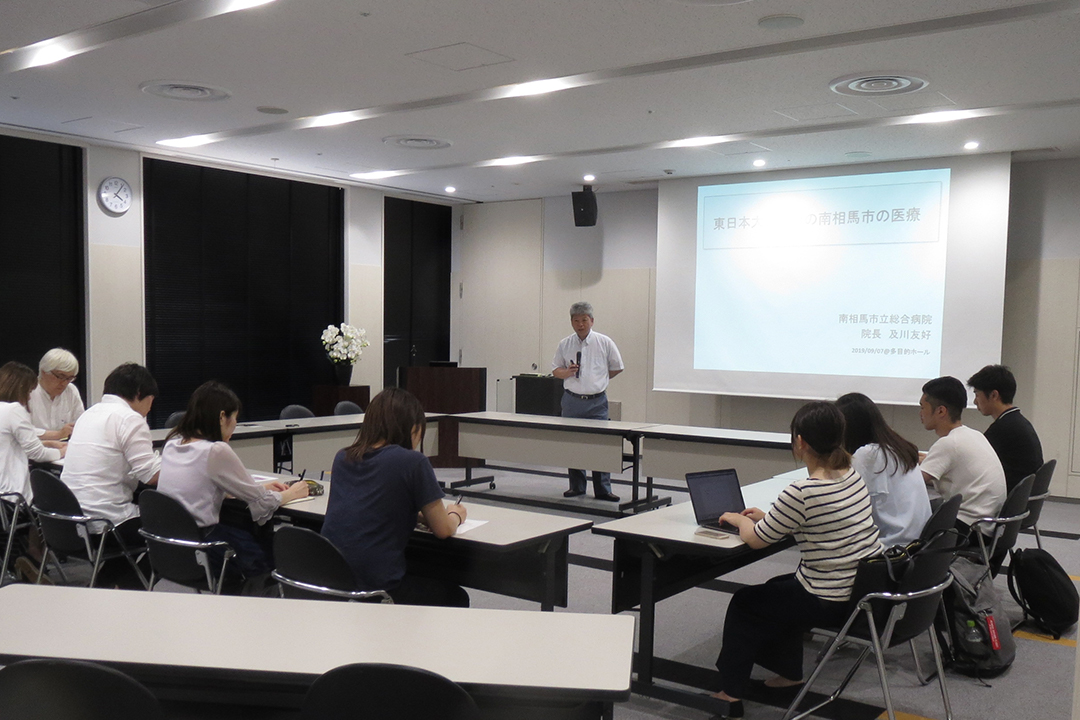
The Legal Aid Project supported the town by forming a legal team, interviewing evacuated residents, preparing reports, organizing symposiums, etc. In May 2013, the town of Namie filed a petition to the Nuclear Damage Compensation Dispute Resolution Center for the mediation of settlement with TEPCO as the other party. In total, more than 15,000 people were included in this petition, equivalent to roughly 70% of the town’s residents. As a result, in the following year, the Nuclear Damage Compensation Dispute Resolution Center proposed a settlement that included an increase in the compensation amount. However, over the subsequent four years, TEPCO refused to accept the settlement. In 2018, the town of Namie was notified by the Nuclear Damage Compensation Dispute Resolution Center that the procedures for mediating the settlement would be discontinued.
“The sequence of events in Namie’s class collective complaint may provide suggestions for improvements in Japan’s justice system. For example, the shortage of lawyers is a pressing concern. Although there was enough demand to lead to a class action lawsuit, the lawyers were not able to meet that demand. Additionally, unlike the US, Japan does not have a structure in place for a large number of parties to reasonably take legal action. Many issues remain to be resolved in the ‘rule of law’ in Japan.”
The Legal Aid Project continues to work to solve issues related to compensation, focusing on the Hamadori region of Fukushima Prefecture.
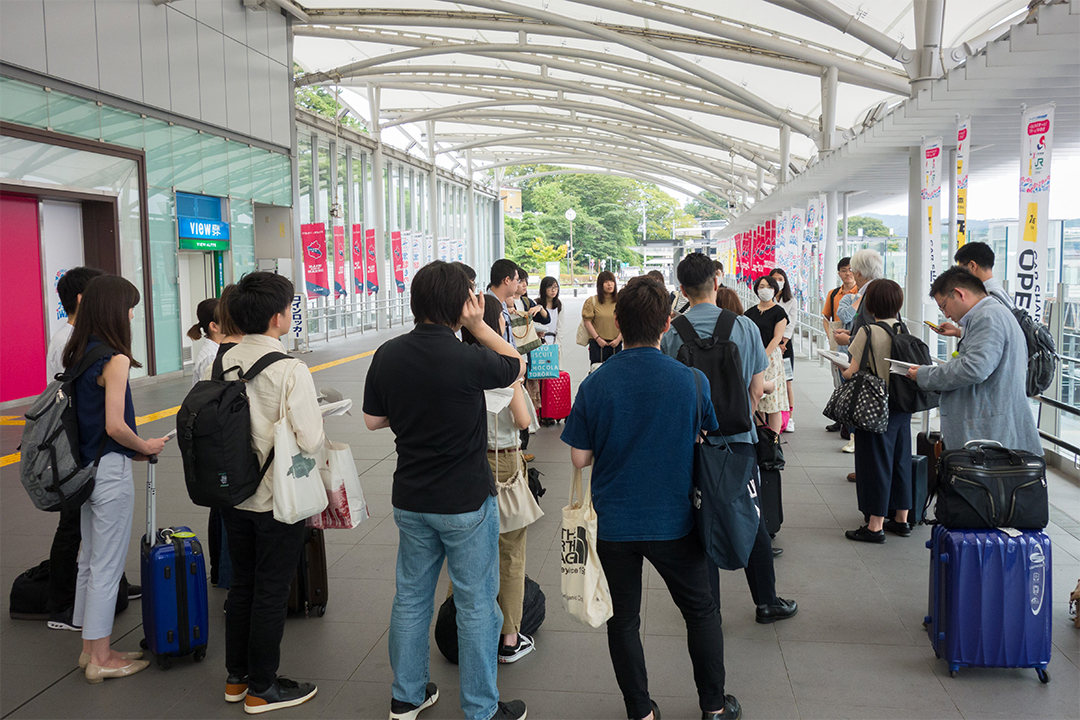
Field survey activities in Hamadori, Fukushima Prefecture
The Legal Aid Project conducts field surveys in the Hamadori region of Fukushima Prefecture every year. These surveys cover a wide range of topics including the actual extent of damage caused by the earthquake and the nuclear accident, progress and issues in reconstruction, policies of each municipality, and approaches to nuclear damage compensation. Many graduate students from different backgrounds studying at Waseda Law School are involved in these activities.
“When the earthquake struck, I was working as a pharmacist. I tried to go to the disaster area as a volunteer, but there was a shortage of pharmacists in Tokyo, and I felt frustrated because I couldn’t go [to the disaster area]. Aiming to enter the legal profession, I enrolled at Waseda University, where I learned about the Legal Aid Project, and feeling that I could finally do my bit for the disaster area, I decided to become a part of the project.” (Masanori Okabe)
“I was born in a town called Hirono in Fukushima Prefecture, which was designated as an ‘emergency evacuation preparation zone.’ I was a junior high school student when the earthquake struck. I wanted to do something for my hometown, which was changed dramatically by the nuclear accident. I joined the Legal Aid Project with the hope of helping from a legal perspective,” (Mayu Komatsu)
“I was a junior high school student in Kanagawa Prefecture at the time of the earthquake. I saw people of my age going through difficult times on TV, and I wanted to help, So, I aspired to become a lawyer. I felt that the biggest problem in the disaster area was the drastic reduction in the number of students, and the learning environment in this area was very different to that in other areas,” (Momoko Watanabe)
“I was working for an NGO helping with the reconstruction in Tohoku, but I left the NGO in 2016 to go into the legal profession and enrolled at Waseda University. Before moving to Tokyo, I thought that the interest in the Great East Japan Earthquake must have declined in Tokyo, so I was impressed to learn about the Legal Aid Project, which had continued its activities since the occurrence of the disaster.” (Haruka Yamada)
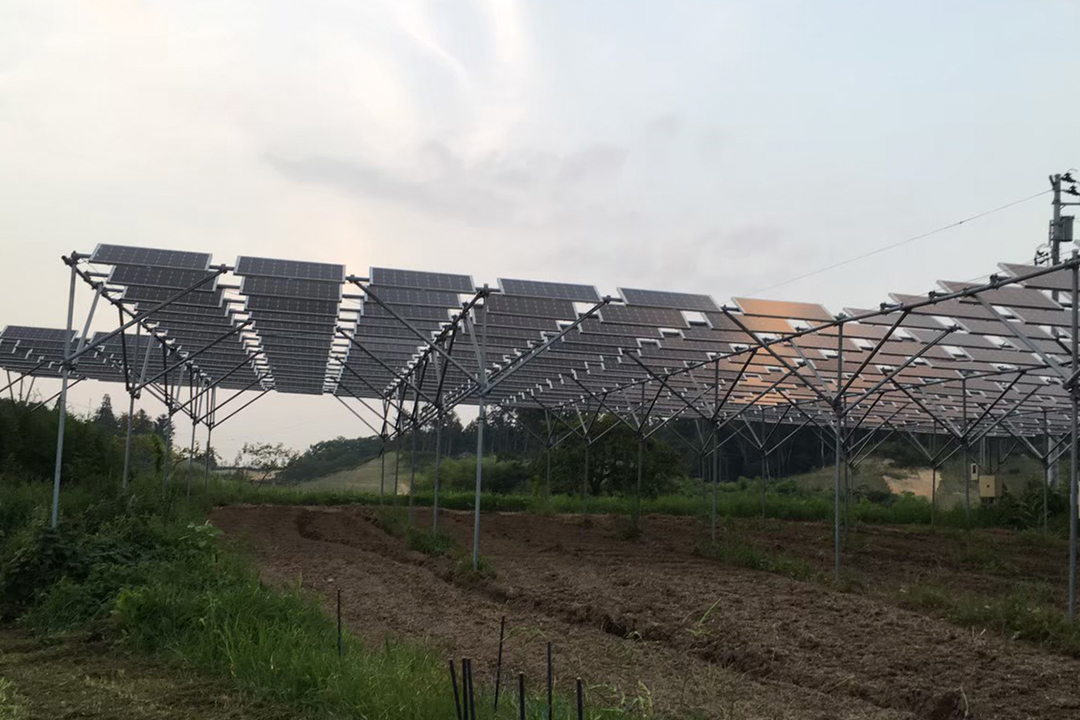
Educational significance of the Legal Aid Project
One of the project’s participants, Kana Ogawa, was involved in the nuclear accident issue while working at a law firm before attending law school. She says that listening to the voices of people affected by the disaster through the Legal Aid Project gave her a new perspective. She stated the following:
“When I was working at the law firm, I thought that the only way to help the local residents was through compensation. But by joining the Legal Aid Project and listening to the local people, I realized that some problems cannot be solved by compensation alone. There are many other things that legal professionals can do, such as providing legal support to businesses that are trying to help local communities and helping farmers with compensation. I think that coming up with new ways of serving local communities is an important part of our work.”
Marina Suzuki started working as a lawyer in January 2021, and is currently a part of the legal team assisting the town of Namie. She stated the following:
“Before going to law school, I had researched renewable energy and had long been interested in the issue of nuclear power. Listening to the stories of people from Namie while at law school, I felt that there were many problems that still had not been resolved. I wanted to continue working in the area even after becoming a lawyer… and here I am today.”
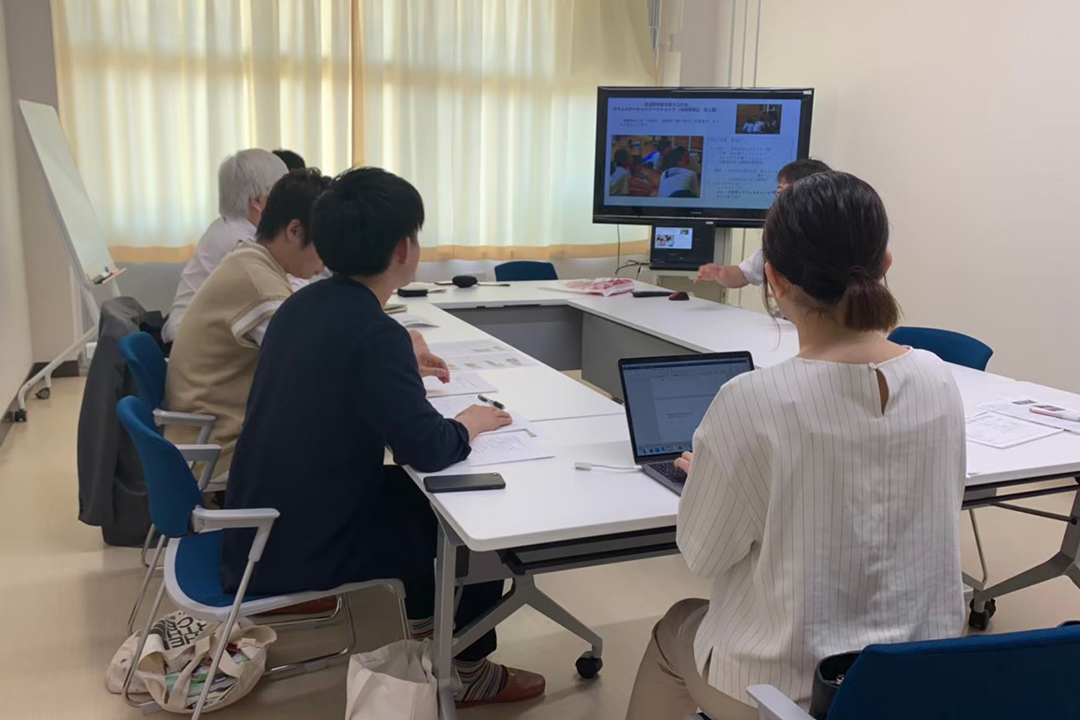
Yukari Wagatsuma, who graduated in 2013, studied abroad at a law school in the US. Looking at Japan from an overseas perspective, she searched for solutions to the problems surrounding compensation. She stated the following:
“I heard from an international student from a different country that, ‘When the domestic justice system does not work, international organizations should be used,’ and I thought that Japan is behind the curve. I think that young lawyers must act to create a structure that allows domestic problems to be tackled with the help of foreign countries.”
Professor Toshihiro Suzuki, who teaches at Waseda University on secondment from the public prosecutor’s office, has been involved in the Legal Aid Project since 2019. The following are his thoughts about the educational significance of the Legal Aid Project.
“Helping people who are in trouble is at the root of what we do as legal professionals. Getting involved in the Legal Aid Project and encountering the strong feelings of the students, I feel that I have returned to my roots. I think that the educational significance of the project is huge.”
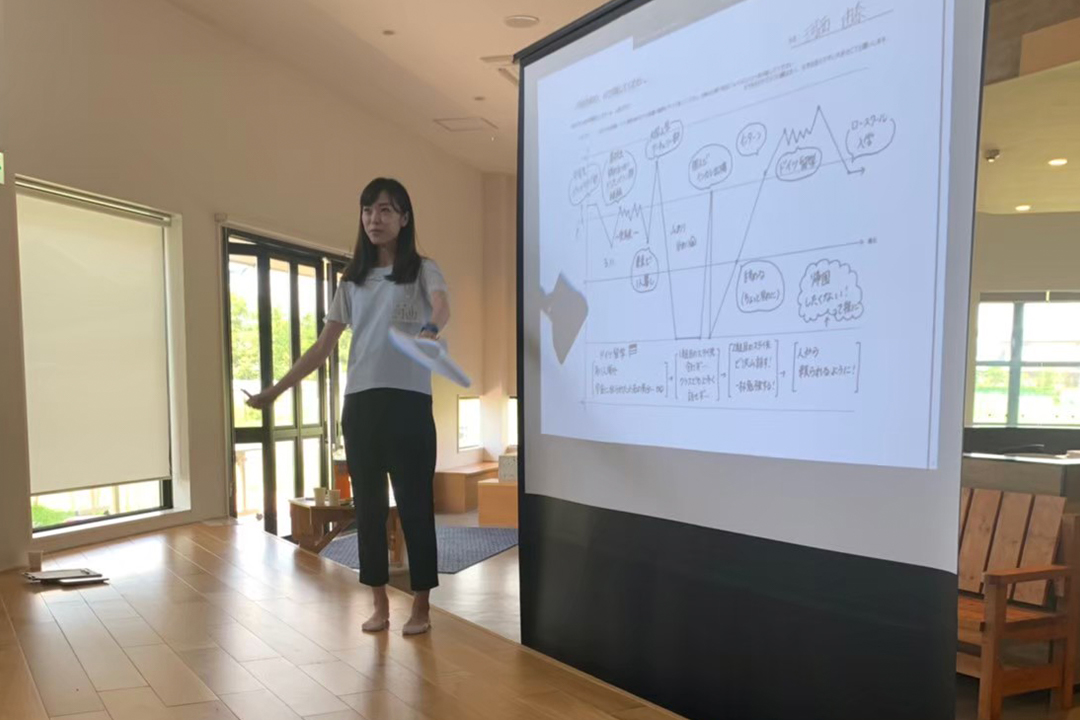
Japan’s justice system entrusted to the next generation
One faculty member of the Legal Aid Project, Professor Masanori Okada, who specializes in administrative law, says that new problems are starting to appear in the disaster area.
“The very survival of local governments is under threat in the disaster area. The loss of people’s hometowns is a major problem for the state of the nation. Long-term problems such as the damage caused by radioactivity require a legal system that sustains communities over the long term. However, the current legal system is like a first-aid treatment. The fact that the system is not designed to work on a lasting basis is a problem.”
As a researcher and educator, Professor Suami, who is trying to change how the legal system works, stated the following
“Compensation is, of course, important. But settling compensation will not resolve all of the problems in the disaster area. Having to translate various damages into monetary value is an issue in Japan’s judiciary. Japan’s judiciary is formalistic, and lawyers also tend to get caught up in the framework of compensation. Such conventions can only be changed by young people. The question of how to update the litigation framework is up to our future legal professionals.”









